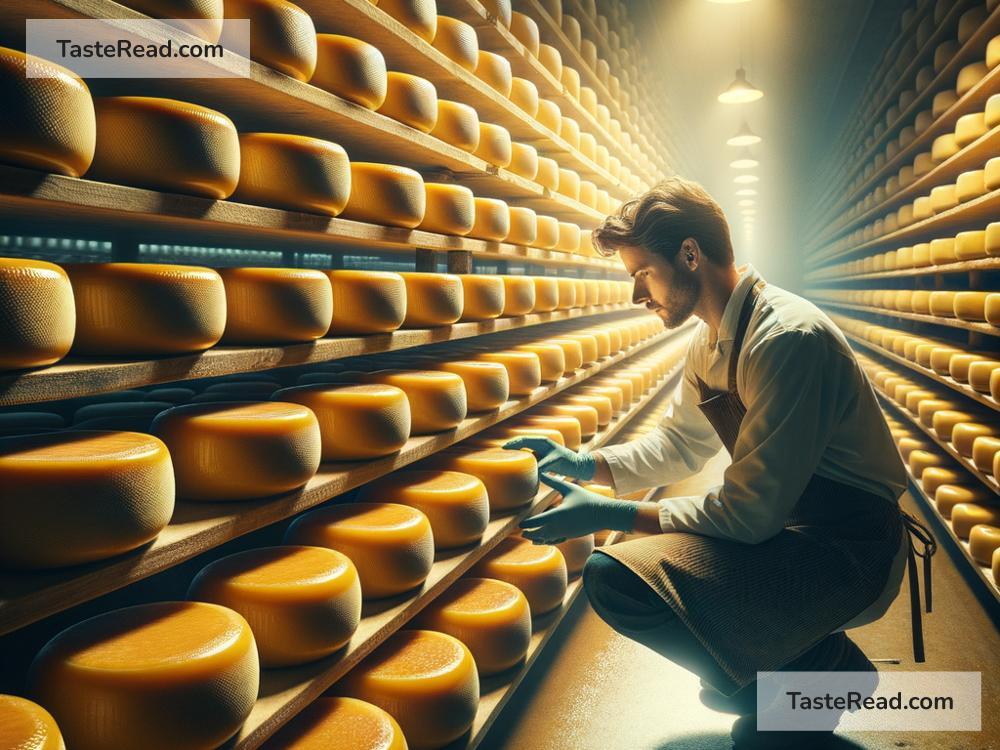Exploring the Artisan Cheese Traditions of the Netherlands
The Netherlands, a charming country known for its windmills, tulips, and picturesque canals, also harbors a rich and delicious secret – its traditional artisan cheese. The Dutch have been making cheese since as far back as 800 B.C., and it’s not just part of their culinary heritage; it’s a point of national pride. In this journey, we take a closer look at the artisan cheese traditions of the Netherlands, exploring its flavors, history, and how it’s made.
The Origin of Dutch Cheese
The story of Dutch cheese is as old as the country’s lush grasslands. The cool, moist climate of the Netherlands is perfect for dairy farming, and hence, cheese-making. Traditional Dutch cheeses like Gouda and Edam have been made using age-old techniques passed down through generations. These cheeses are not just food; they represent the Dutch heritage and the craftsmanship of its cheese makers.
Gouda: The Golden Cheese
When people talk about Dutch cheese, Gouda is often the first to come to mind. Named after the city of Gouda, not because it originated there, but because it was historically traded there, this cheese has a rich, buttery, and slightly sweet flavor. Artisan Gouda is made from raw, unpasteurized cow’s milk, which gives it a depth of flavor that mass-produced cheeses can’t replicate. The cheese is then aged from a month up to a year or more, becoming harder, darker, and more intense in flavor over time.
Edam: The Dutch Globe
Edam, with its distinctive spherical shape and red wax coating, is another cheese that’s synonymous with Dutch tradition. It’s milder and lighter than Gouda, with a slightly nutty taste. Traditionally, Edam balls were coated in red wax to prolong their shelf life, allowing Dutch sailors to take them on long voyages. Today, these cheese globes are still a common sight in Dutch homes and markets.
The Art of Cheese Making
Making Dutch artisan cheese is a labor of love and precision. The process starts early in the morning at local farms, where fresh milk is collected. The milk is then heated and mixed with rennet, an enzyme that causes it to curdle. The curd is then cut, stirred, and heated again to separate the whey. What’s left is a thick mass of curd, which is placed into molds to give the cheese its shape.
The cheeses are then soaked in a brine solution, which gives them their distinctive taste and acts as a natural preservative. Finally, the cheese is aged. This aging process is where the magic really happens. Depending on the type of cheese being made, it can age from a few weeks to several years. During this time, the cheese develops its unique flavor and texture.
Cheese Markets and Farms
To truly experience the artisan cheese traditions of the Netherlands, a visit to one of its famous cheese markets or farms is a must. Towns like Alkmaar, Gouda, and Edam host traditional cheese markets, where buyers and sellers haggle over the price of cheese, just as they have for centuries. Watching cheese merchants in traditional Dutch costumes trade cheese is like stepping back in time.
Many farms also open their doors to visitors, offering a behind-the-scenes look at how Dutch cheese is made. From seeing the milking process to tasting freshly made cheese, it’s an experience that tantalizes all the senses.
Sustainability and Innovation
What’s truly remarkable about Dutch cheese making today is how it balances tradition with sustainability and innovation. Many cheese makers are adopting environmentally friendly practices, such as using solar energy and recycling water, to ensure that their cheese is not only delicious but also kind to the planet.
Furthermore, Dutch cheese makers are constantly experimenting with new flavors and techniques, from incorporating beer or herbs into the cheese to creating entirely new types of cheese. This spirit of innovation ensures that the Dutch cheese tradition continues to evolve, delighting cheese lovers around the world.
A Taste of Dutch Culture
Exploring the artisan cheese traditions of the Netherlands offers a unique insight into the country’s culture and heritage. It’s a testament to the Dutch dedication to craftsmanship, quality, and sustainability. Whether it’s the rich, nutty flavor of aged Gouda or the creamy texture of fresh Edam, Dutch cheese captivates with its complexity and character.
So, the next time you take a bite of a delicious piece of Dutch cheese, remember that you’re not just enjoying a tasty snack. You’re savoring a piece of the Netherlands’ rich, cheese-making tradition.


